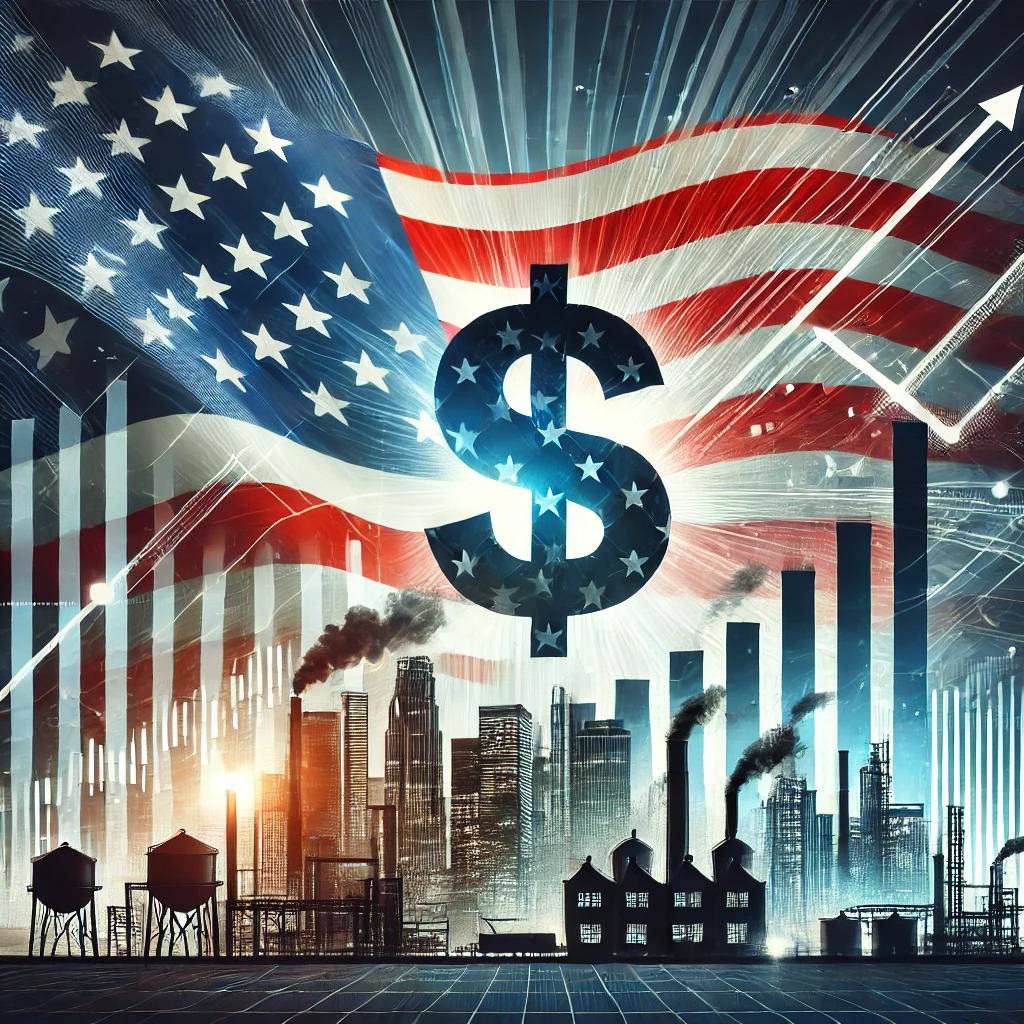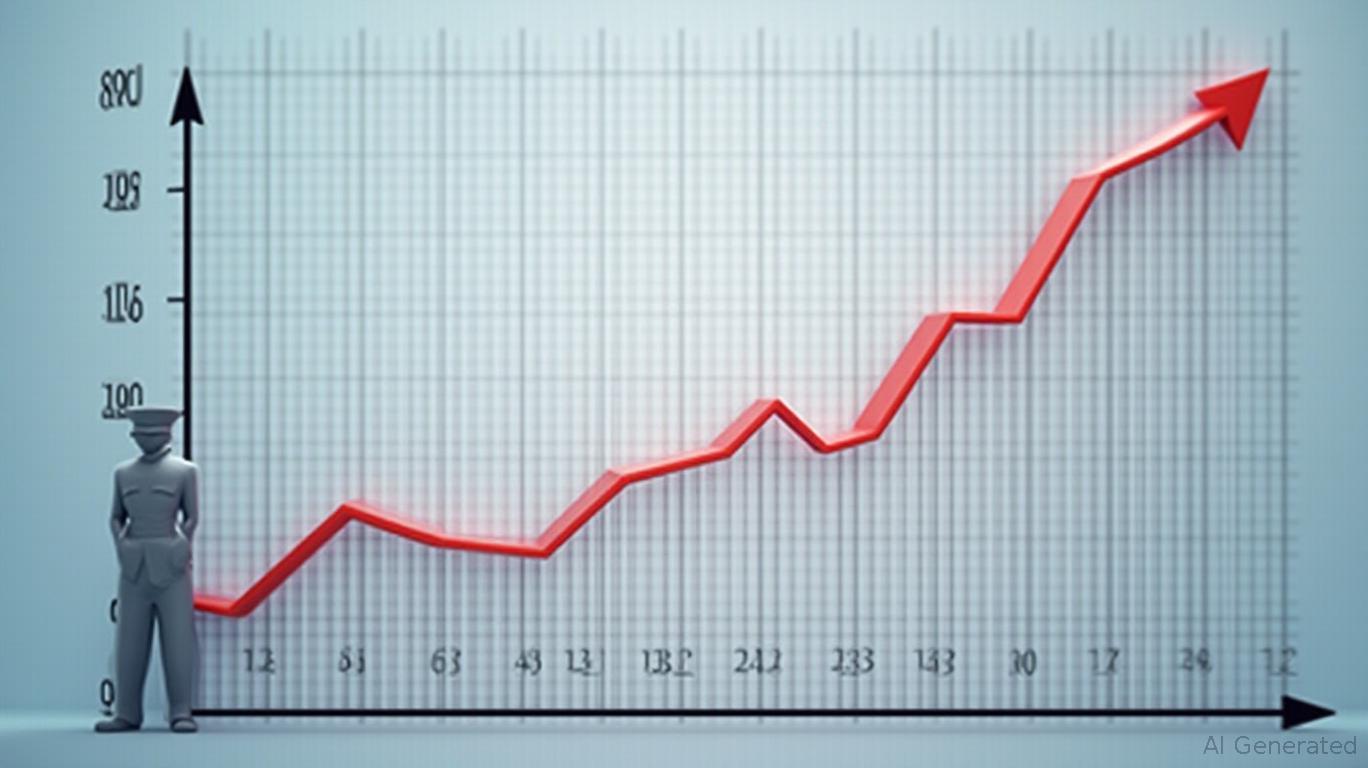China's Tariff Countermeasures and Innovation: Navigating the New Trade Landscape
The escalating U.S.-China trade war reached a crescendo in April 2025, as retaliatory tariffs soared to historic highs. Chinese Premier Li Qiang’s call for “thinking outside the box” to counter tariff-driven economic pressures underscores a strategic pivot toward innovation and diversification. This article examines how China is responding to trade headwinds, the implications for global investors, and the policies shaping its economic resilience.
The Tariff Escalation: A High-Stakes Standoff
By April 2025, U.S. tariffs on Chinese goods had climbed to 125%, with Beijing mirroring these increases in a tit-for-tat escalation. The stakes are enormous: China’s exports to the U.S. face layered duties, such as 173.4% on lithium-ion batteries due to additive tariffs (Section 301, fentanyl-related, and customs duties). Meanwhile, U.S. imports of Chinese goods like steel and electronics now carry prohibitive costs, risking supply chain disruptions.

The ripple effects are already visible. shows a sharp decline, while trade with ASEAN and Europe has surged. This shift reflects Beijing’s focus on diversifying markets—a key pillar of Premier Li’s strategy.
China’s Innovative Policy Responses
Beyond retaliation, China is deploying structural reforms and partnerships to insulate its economy:
Sino-German Industrial Park (Shanghai): Launched in early April 2025, this zone focuses on electric vehicles (EVs), renewable energy, and industrial automation, offering tax incentives and streamlined customs for foreign firms. German companies like Siemens and BMW are early participants, signaling China’s push to dominate high-tech manufacturing.
Digital Free Trade Zone (Hangzhou): Expanded in mid-April, this “sandbox” enables real-time data sharing between e-commerce platforms and customs, reducing compliance costs for SMEs. Alibaba’s Tmall and JD.com could benefit directly, with
indicating investor optimism in its e-commerce resilience.BABA Closing PriceRevised ASEAN-China Trade Agreement: Preferential tariffs on solar panels and wind turbines aim to solidify China’s leadership in green tech. show a 22% year-on-year increase, underscoring the policy’s early success.
Foreign Investment Law (2025): By relaxing tech transfer rules and introducing a “negative list,” Beijing seeks to attract capital while safeguarding national security. This could boost foreign direct investment (FDI) in sectors like biotechnology and AI.
The Dual Strategy: Domestic Resilience and Global Engagement
Premier Li’s policies reflect two interconnected goals:
- Domestically, stimulate demand through job creation and income growth. China’s urban employment target of 12 million new jobs in 2025 remains ambitious, with consumer spending on services (e.g., healthcare, education) driving 60% of GDP growth.
- Internationally, counter U.S. protectionism by deepening ties with allies. The Belt and Road Innovation Hub in Shenzhen, launched in late April, offers subsidies for R&D partnerships and a “digital single window” for 50+ economies, reducing trade barriers.
Investment Implications and Risks
For global investors, the path forward is nuanced:
- Winners: Firms in EVs, renewables, and digital infrastructure (e.g., BYD, Tongwei Solar, Huawei) benefit from China’s focus on green tech.
- Losers: U.S. exporters to China (e.g., Boeing, Caterpillar) face margin pressure, while sectors reliant on Chinese inputs (e.g., Apple’s iPhone assembly) may see cost inflation.
- Geopolitical Risks: Further tariff hikes or sanctions could disrupt global supply chains, but China’s proactive policies—such as the Sino-German park—suggest it is preparing for prolonged tension.
Conclusion: Innovation as a Hedge Against Uncertainty
China’s response to tariffs is a masterclass in combining defensive measures with long-term structural reforms. By leveraging its scale in tech and green industries, Beijing aims to reduce reliance on U.S. markets while reinforcing its economic sovereignty.
Key data points underscore the strategy’s potential:
- The Sino-German Industrial Park targets $50 billion in annual output by 2030, attracting advanced manufacturing investments.
- China’s digital trade volume grew by 28% in 2024, with the Hangzhou DFTZ expected to add $15 billion annually in cross-border e-commerce revenue.
- Foreign direct investment (FDI) into China’s tech sectors rose 17% in Q1 2025, despite global FDI declines.
Investors should focus on firms positioned to benefit from China’s innovation push, while remaining cautious on sectors exposed to U.S.-China trade volatility. As Premier Li emphasized, the path forward requires both resilience and creativity—a lesson for markets worldwide.
The coming quarters will test whether China’s “outside-the-box” policies can sustain growth amid escalating trade tensions. The answer may redefine the global economic order for decades.









